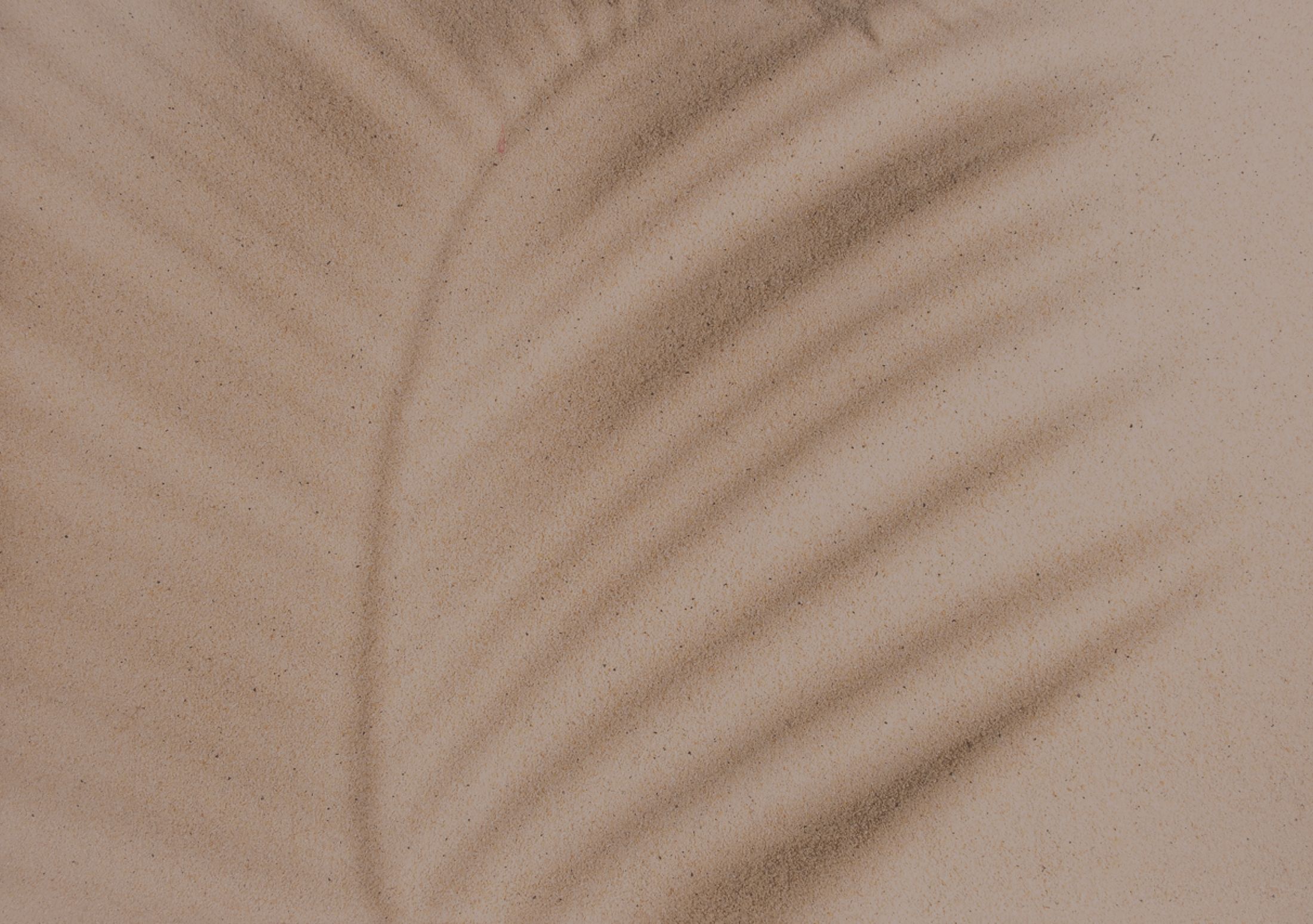When it comes to facial volume loss and wrinkle reduction, injectable treatments are a popular choice. Two of the most commonly used options are Sculptra and traditional dermal fillers. While both help enhance facial aesthetics, they work in different ways and offer distinct benefits. Understanding the differences between these treatments can help you decide which is the best option for your needs.
1. What is Sculptra?
- The treatment: Sculptra is a biostimulatory injectable made from poly-L-lactic acid (PLLA), a synthetic substance that helps stimulate collagen production in the skin. It works by gradually restoring facial volume and improving skin texture over time.
- How it works: Instead of providing immediate volume like traditional fillers, Sculptra encourages the body to produce its own collagen, which leads to long-lasting, natural-looking results. It’s often used for more significant volume loss in the cheeks, temples, or jawline.
- Results timeline: Sculptra typically requires a series of treatments over a few months, with results becoming noticeable after 6-8 weeks and continuing to improve over time.
2. What Are Traditional Fillers?
- The treatment: Traditional dermal fillers, such as those made from hyaluronic acid (like Juvederm and Restylane), are designed to restore volume instantly. They work by physically adding volume under the skin to fill in wrinkles, lines, and hollow areas.
- How it works: Traditional fillers are injected directly into the treatment areas to provide immediate fullness and smooth out wrinkles. These fillers can be used in various areas of the face, such as the cheeks, lips, under the eyes, and nasolabial folds.
- Results timeline: The effects of traditional fillers are immediate, but the results typically last from 6 months to a year, depending on the type of filler used and the area treated.
3. Key Differences Between Sculptra and Traditional Fillers
Mechanism of Action:
- Sculptra stimulates collagen production over time, which leads to gradual, more natural-looking volume restoration.
- Traditional Fillers provide instant volume by directly injecting a gel-like substance under the skin, offering immediate visible results.
Results Duration:
- Sculptra offers longer-lasting results, typically lasting up to 2 years or more, as collagen continues to form even after the treatment ends.
- Traditional Fillers generally last from 6 months to a year, depending on the type of filler and the area treated.
Treatment Frequency:
- Sculptra often requires multiple sessions to achieve the desired results, with follow-up treatments needed over several months.
- Traditional Fillers usually require one session for visible results, though touch-ups may be needed after several months.
Areas of Use:
- Sculptra is best for areas with significant volume loss, such as the cheeks, temples, or jawline.
- Traditional Fillers can be used for more specific areas, such as under-eye hollows, nasolabial folds, lips, and marionette lines.
Side Effects:
- Sculptra may cause temporary swelling, bruising, and redness at the injection site. There’s also a risk of small lumps forming under the skin.
- Traditional Fillers can also cause swelling, bruising, and redness, but these effects are typically more short-lived than with Sculptra.
4. Choosing the Right Treatment for You
- Sculptra may be the ideal choice if you’re looking for a long-term solution for significant volume loss and are willing to wait for gradual, natural-looking results.
- Traditional Fillers are great for individuals who want instant results or need to address more localized concerns like wrinkles, fine lines, or lip enhancement.
5. Consult with a Professional
- It’s essential to consult with a licensed and experienced injector to determine the best treatment for your goals. They will assess your facial structure, skin condition, and aesthetic desires to recommend either Sculptra or traditional fillers, or a combination of both, for the most effective results.
Sculptra
Pros:
- Long-Lasting Results: Sculptra stimulates collagen production, leading to natural, gradual volume restoration. The results can last 2 years or longer, making it one of the longest-lasting injectable treatments.
- Natural-Looking Enhancement: Since Sculptra works by encouraging your body to produce its own collagen, the results are subtle and blend seamlessly with your natural features over time.
- Gradual Improvements: The gradual enhancement avoids a sudden change in appearance, which can be ideal for individuals who prefer a more natural look or want to avoid looking overdone.
- Suitable for Significant Volume Loss: Sculptra is especially effective for areas with noticeable volume loss, such as the cheeks, temples, and jawline, which are harder to treat with traditional fillers.
- Non-Surgical Solution for Aging: It can help address deeper signs of aging such as hollow cheeks or temples that would otherwise require more invasive procedures.
Cons:
- Multiple Sessions Required: To achieve the desired results, Sculptra typically requires 2-3 treatments over several months, meaning more time and commitment compared to traditional fillers, which give immediate results.
- Delayed Results: The effects of Sculptra develop gradually over several weeks, and it can take 6-8 weeks to notice noticeable results. This can be a downside for those looking for instant gratification.
- Initial Swelling and Bruising: Swelling and bruising are common after the treatment and may take a few days to resolve.
- Requires Maintenance: While Sculptra’s results can last up to 2 years, maintenance treatments are still necessary to keep the volume looking optimal as collagen production decreases over time.
Traditional Fillers (e.g., Juvederm, Restylane)
Pros:
- Immediate Results: Traditional fillers, such as hyaluronic acid-based options, provide instant volume and smoothing effects. This is great for those who want quick results with minimal waiting.
- Precise Treatment: Fillers are ideal for specific areas, like fine lines, nasolabial folds, lips, and under-eye hollows. The results are easy to control and precisely target.
- Minimal Downtime: Fillers generally involve less downtime compared to other procedures, with most side effects (swelling, bruising) resolving in a few days.
- Short Treatment Time: Traditional filler treatments usually take less than 30 minutes, making them perfect for patients looking for a quick and convenient procedure.
- Reversible: Hyaluronic acid-based fillers can be reversed with hyaluronidase if needed, which is a significant advantage for patients who may not like the results or experience complications.
Cons:
- Shorter Duration: The effects of traditional fillers generally last between 6-12 months, depending on the product and treatment area. This means more frequent touch-ups are necessary.
- May Look Overdone if Too Much Is Used: Because the volume is added immediately, there’s a risk of looking “overfilled” if too much filler is used, which can result in an unnatural appearance.
- Limited Collagen Stimulation: While traditional fillers provide immediate volume, they don’t stimulate collagen production like Sculptra. This means they may not address long-term skin aging as effectively.
- Potential for Migration: Over time, some traditional fillers can migrate under the skin, leading to an uneven appearance. Proper technique and placement by a skilled injector can minimize this risk.




